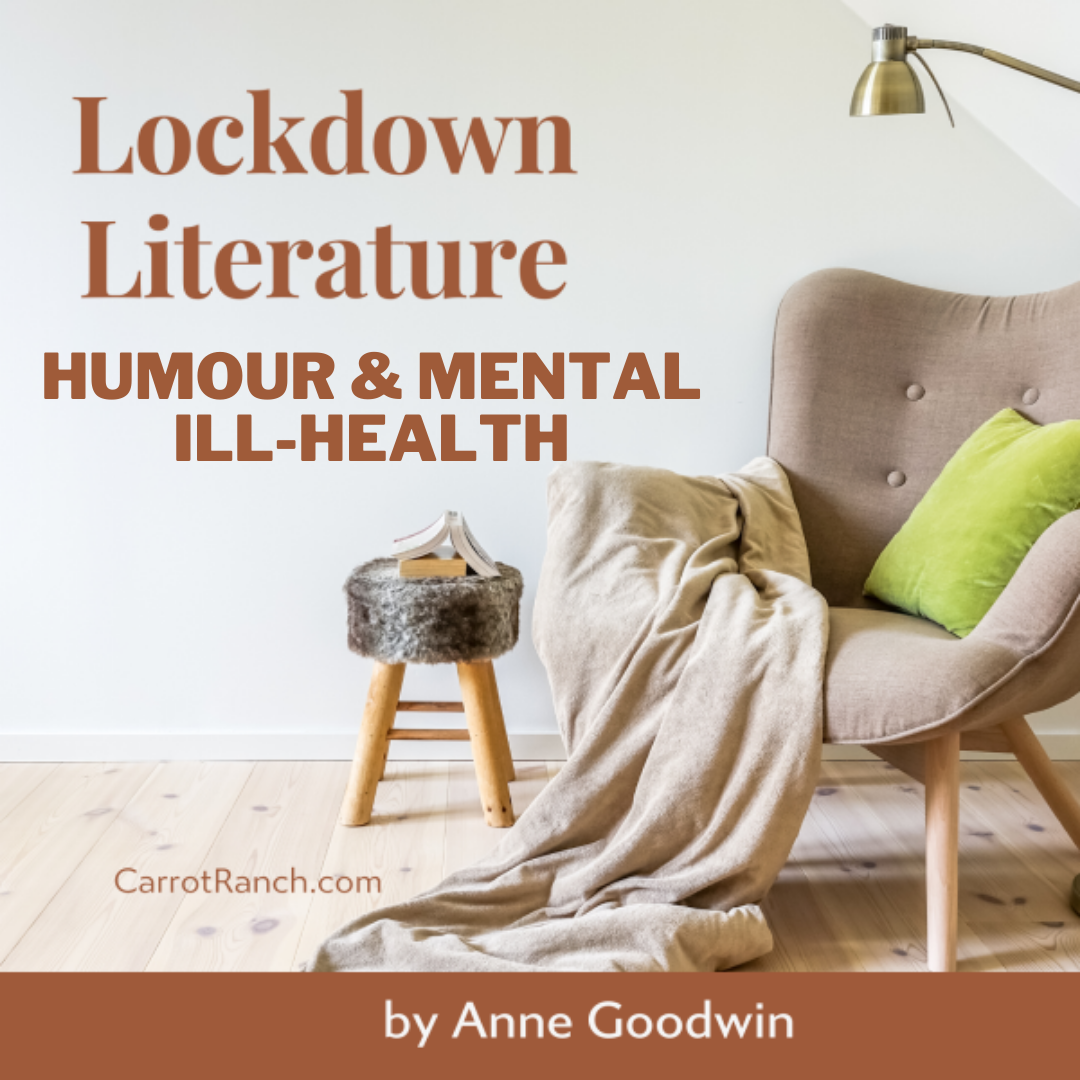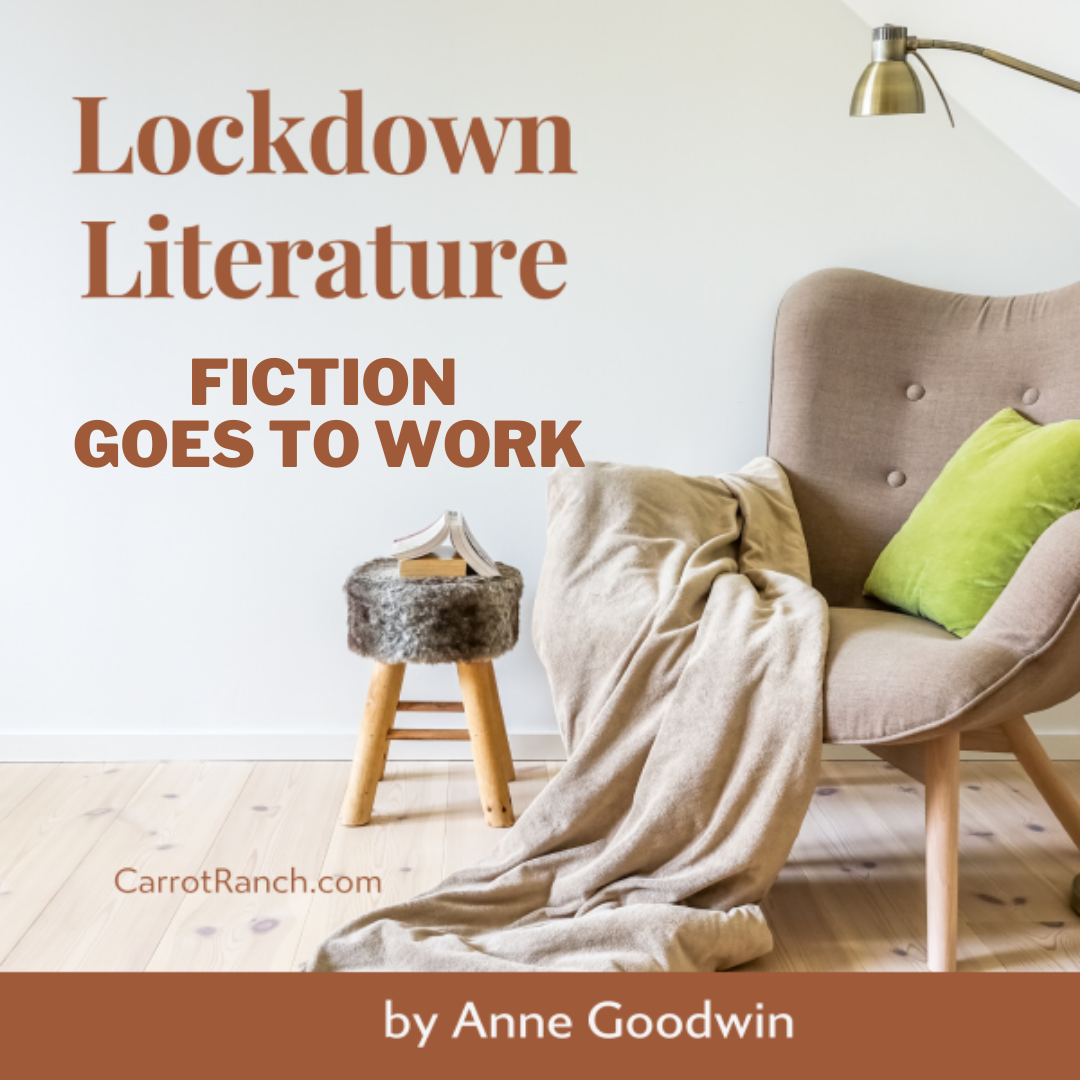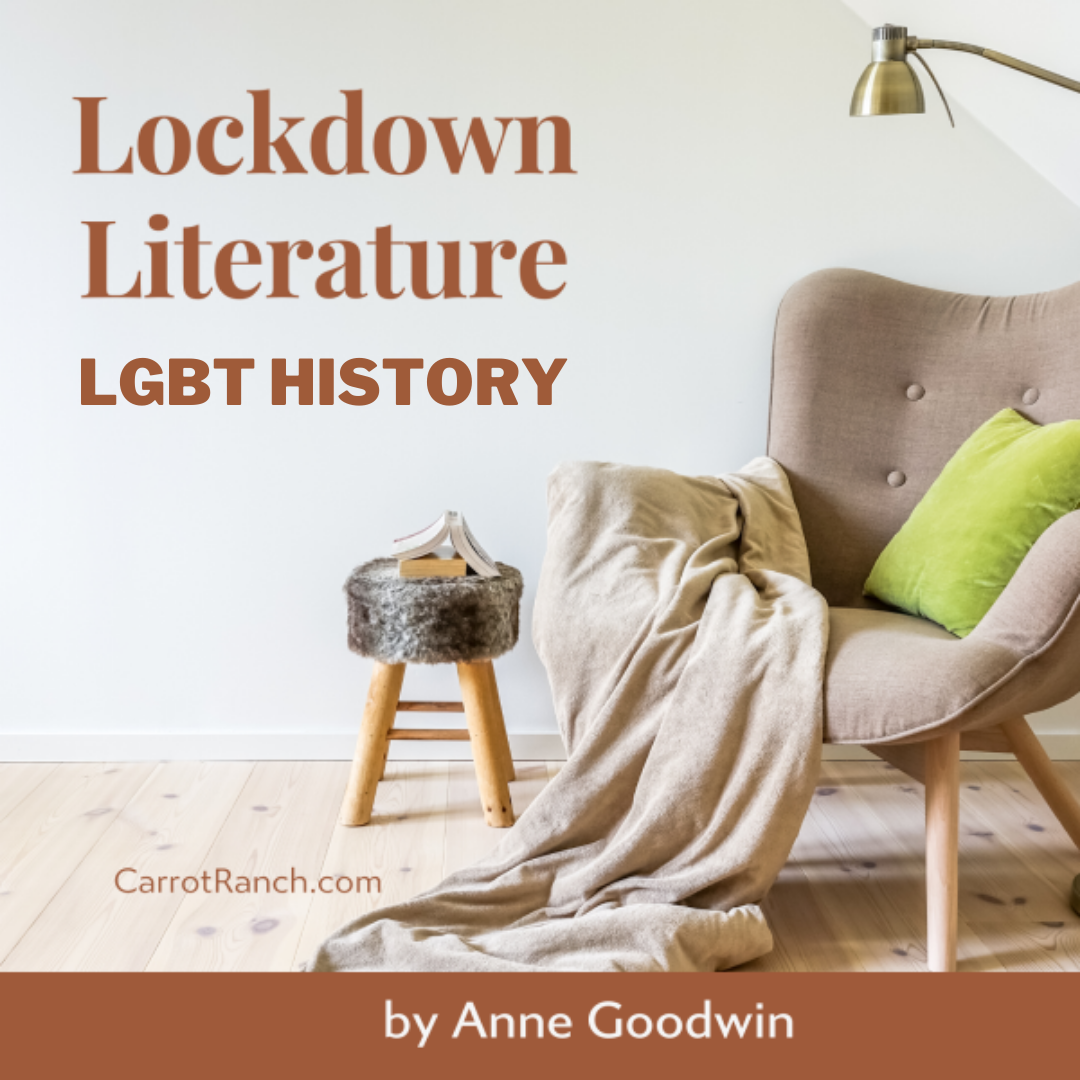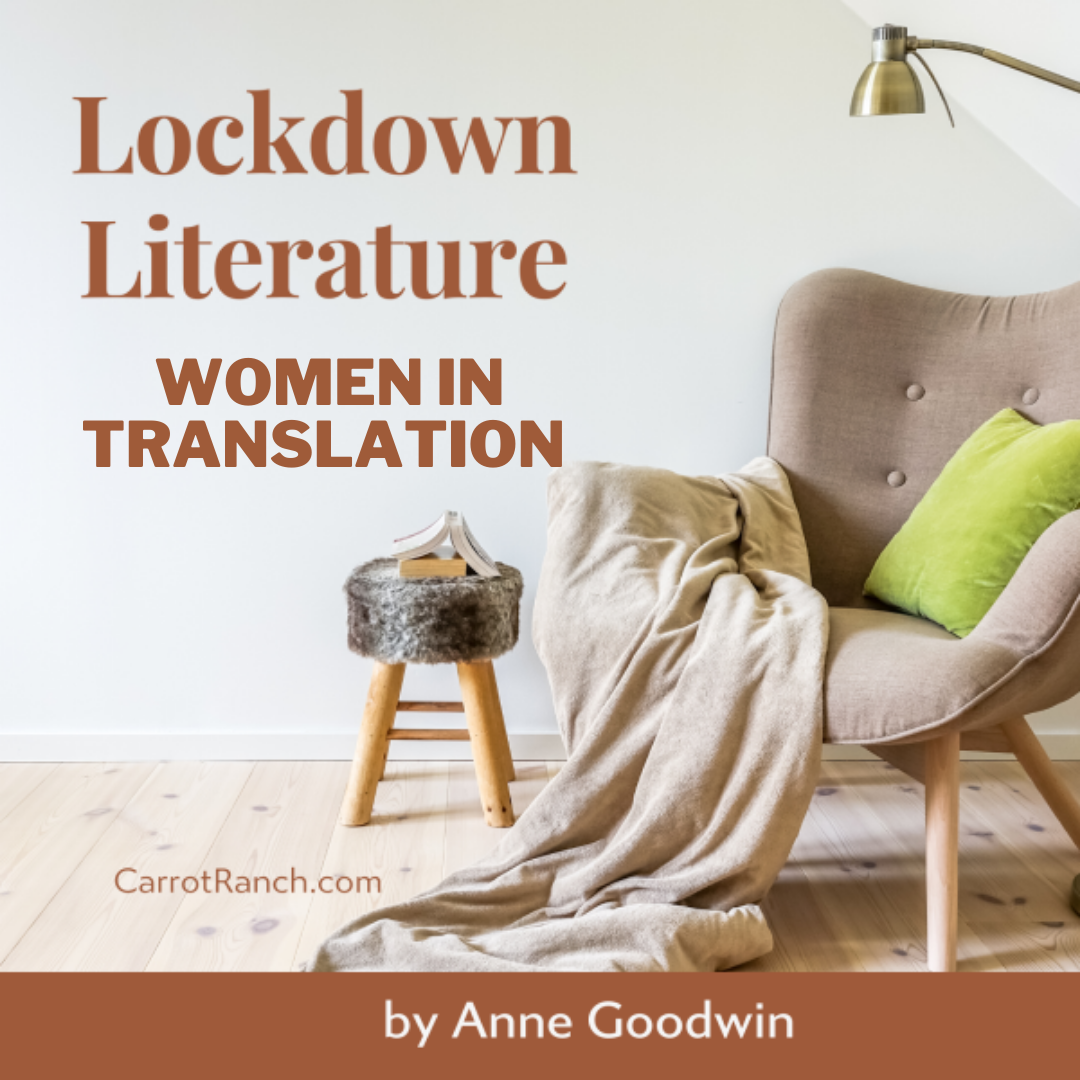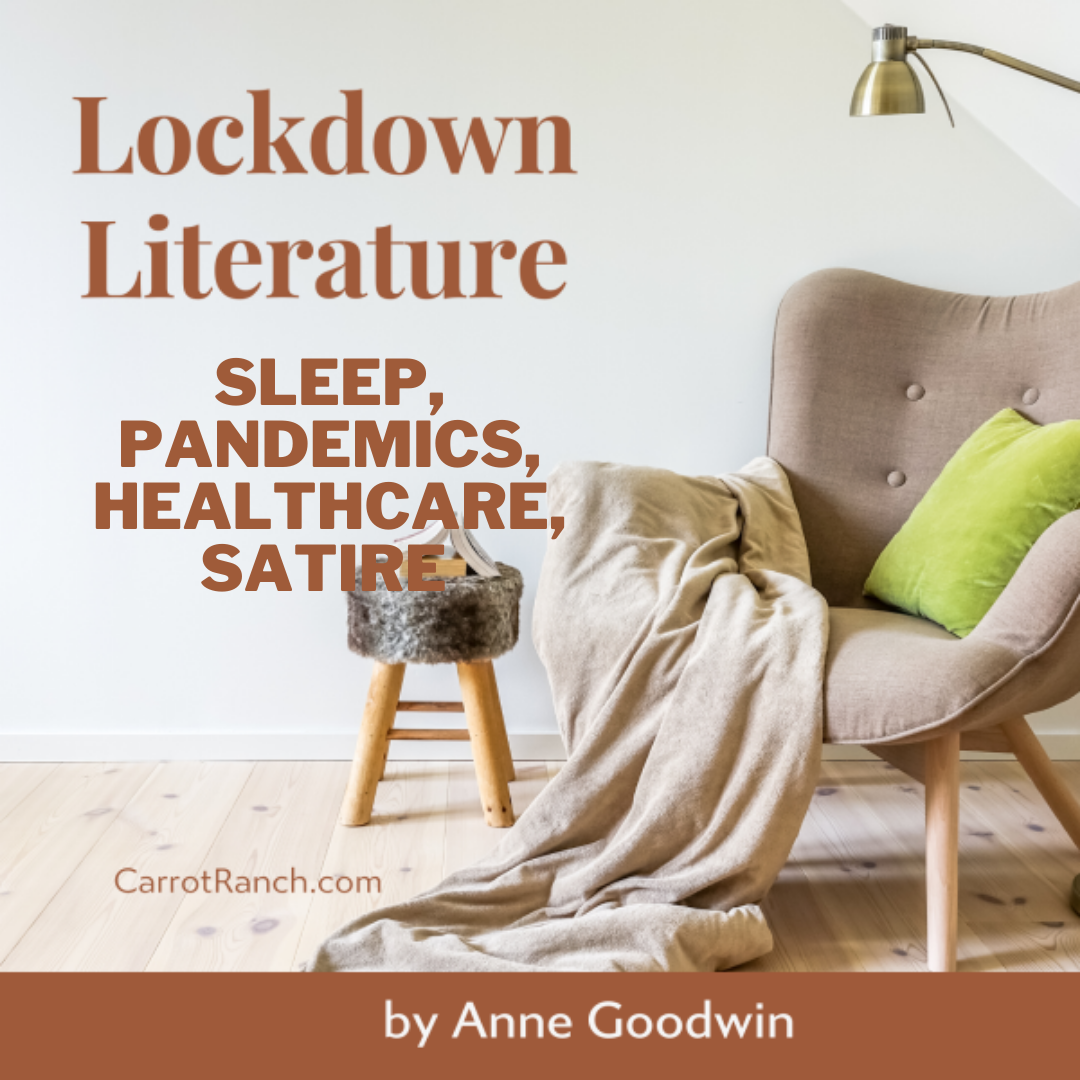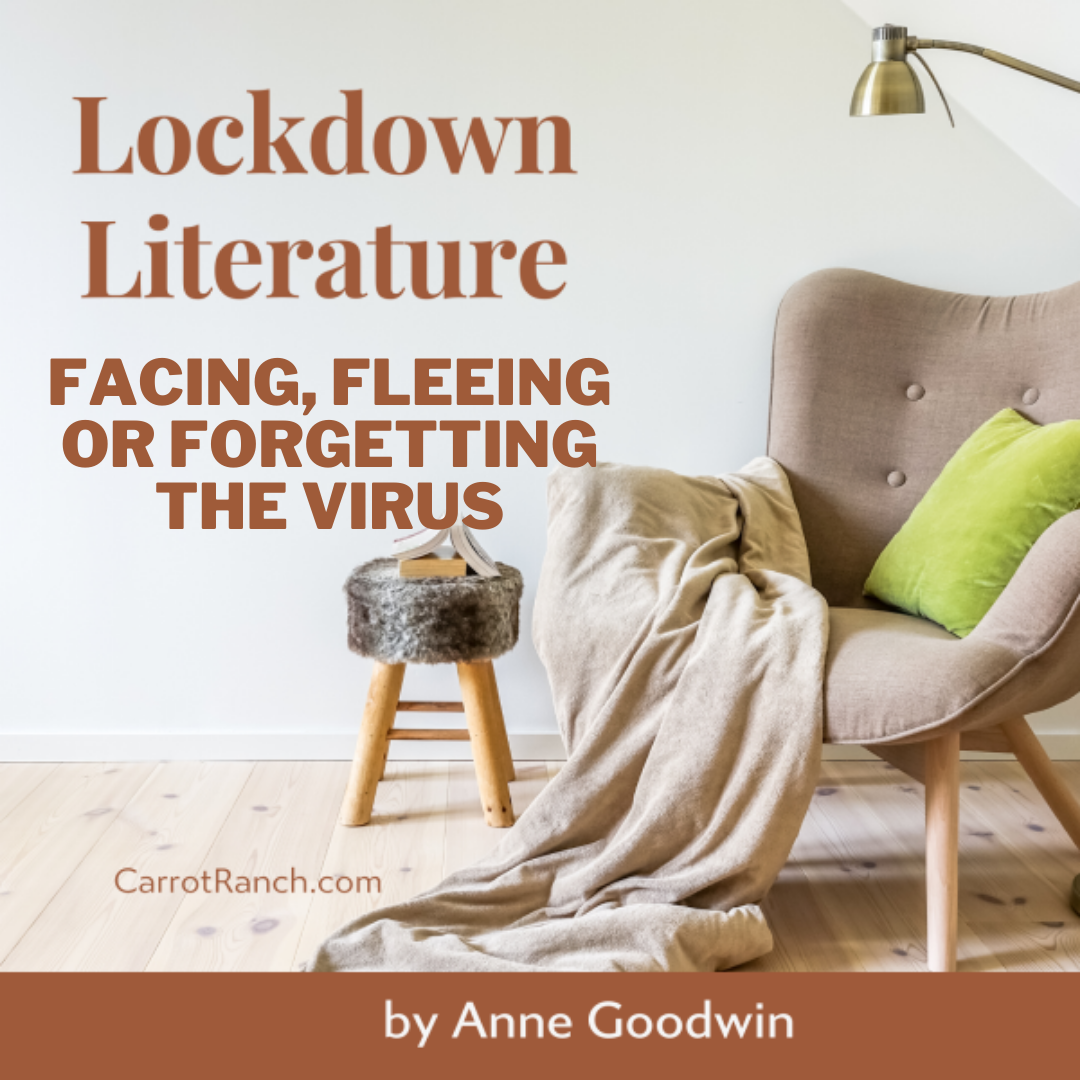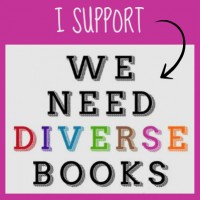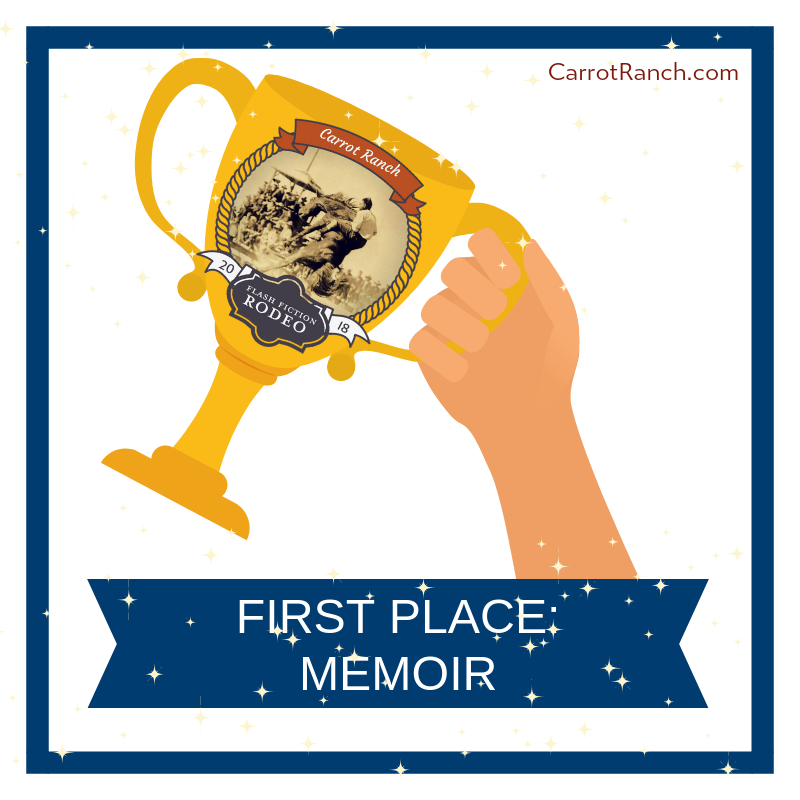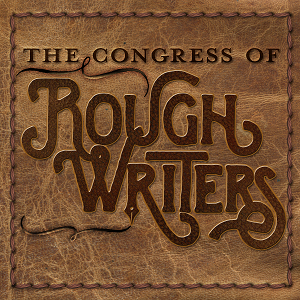| An ageing filmmaker, disillusioned by the moral bankruptcy of his current project, loses the will to live after the death of his mentor. A young woman working as a security guard at a migrant detention centre is literally and metaphorically taken for a ride by a precocious twelve-year-old girl. They meet up at a railway station near the site of the Culloden massacre in Scotland where an off-duty librarian driving a coffee van without any coffee picks them up. |
Welcome
I started this blog in 2013 to share my reflections on reading, writing and psychology, along with my journey to become a published novelist. I soon graduated to about twenty book reviews a month and a weekly 99-word story. Ten years later, I've transferred my writing / publication updates to my new website but will continue here with occasional reviews and flash fiction pieces, and maybe the odd personal post.
|
2 Comments
There must be more than six degrees of separation between a boy who attends his oxen in rural Thailand and a contemporary social media influencer in the USA. But the farmer could be one steppingstone between them and the writer a link from the other end. The tour guide could be the bridge in the middle because they might need to shit in the woods. What am I on about? The answer is in these five mini reviews.
Two novels about a difficult patch in a long marriage, complicated by difficult relationships with the couples’ offspring. The first is the best book I’ve read so far this year. The second, by a more famous author, doesn’t come anywhere near.
Here are reviews of two different types of English political novel. The first is contemporary and addresses how political events impact on an ordinary London family. The second is a historical novel that gets right to the heart of one of the most turbulent periods of British history.
When I blog about boundaries, I’m usually berating chaotic fictional therapists. Not today. These three intriguing novels are about the liminal space between plant and human; reality and fantasy; and sanity and scapegoating within the political sphere. My short reviews should help you decide whether to cross the threshold.
Five recent reads about characters facing life challenges that are almost too much to bear: bereavement; chronic illness; relationship crises and more. See what you think.
Two translated novels, both with a contemporary and historical element, which address the female struggle for autonomy and self-expression in a misogynistic and racist world.
Today I’m revealing the cover of my novel, Lyrics for the Loved Ones, which will be published on May 15th. As the novel is set mostly in a UK care home during the pandemic, I thought the anniversary of the first lockdown would be the perfect occasion to show off the gorgeous design.
Let me tell you about these two novels about women’s lives in terrain under occupation by external powers. The first is a historical novel about the struggle for personal and political freedom in 20th-century Greece. The second is a futuristic dystopia about how, in the climate crisis, the wealthy lay claim to the coolest lands.
Woman Power: Daisy Jones and the Six; The Birdcage; The Witches of Vardø; Amazing Grace Adams14/2/2023
I think there is a deep-seated fear and resentment of female power even in situations where we don’t have much of it, so I make no apologies for grouping these novels that touch on the theme from vastly different angles. The first is a historical novel about misogyny manifest in a fantasy of witchcraft. In the second, three half-sisters are haunted by the harm done when they tried to claim their power in adolescence. In the third, a seemingly powerless and self-loathing woman takes a tortured journey through her city and her mistakes. The final novel contemplates the relative power of the singer with a rock band versus the homemaker wife who stands by her man.
As the Russian invasion of Ukraine approaches its second year, a couple of recent reads reminds me of how other eastern European countries have suffered under the Soviet regime. These novels are about women’s lives in the late 1940s and early 1950s: the first set in Poland and the second in Hungary. Would you believe that it wasn’t until I came to post this that I realised both titles feature animals that should be in the wild?
I’ve recently read two very different novels in which traumatised mothers suffer a second blow in being distanced from both their children, albeit the separation is for very good reasons. The first is a translation set against the backdrop of the Rwandan genocide. The tragedy in the second is less widespread, restricted to one particular family, but nevertheless extremely painful for those concerned. Read on to discover how these books are about so much more.
I’m pleased to share my thoughts on two recent reads which focus on collecting the testimonies of women wounded by policies and practices rooted in racism: the first set in the early 1960s and the second century before.
My final two reviews of 2022 are tenuously linked by being set in closed communities in which unempathic people hold vulnerable creatures in their power. I refer to creatures less because the staff of the nightmare care home in the first novel don’t seem to regard their charges as human and more because the inmates of the second – where the compassion of the lowliest employee almost compensates for the attitude of her senior colleagues – are dolphins.
Black, Queer and marginalised: Didn’t Nobody Give a Shit What Happened to Carlotta & Crosshairs12/12/2022 Two novels about the shit that can happen when you’re Black and gender nonconforming that also acknowledge the joy of living true to oneself.
|
entertaining fiction about identity, mental health and social justice
Annecdotal is where real life brushes up against the fictional.
Annecdotist is the blogging persona of Anne Goodwin:
reader, writer, slug-slayer, tramper of moors, recovering psychologist, struggling soprano, author of three fiction books. LATEST POSTS HERE
I don't post to a schedule, but average around ten reviews a month (see here for an alphabetical list), some linked to a weekly flash fiction, plus posts on my WIPs and published books. Your comments are welcome any time any where. Get new posts direct to your inbox ...
or click here …
Popular posts
Categories/Tags
All
Archives
March 2024
BLOGGING COMMUNITIES
|
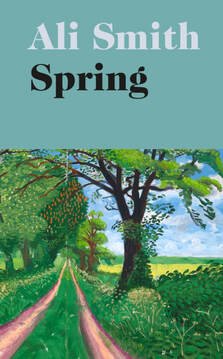

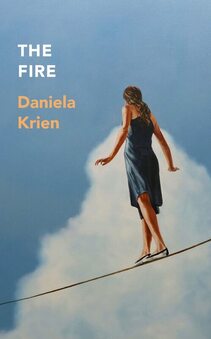
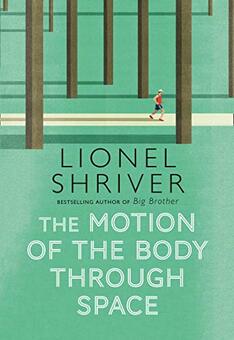
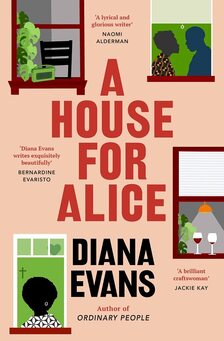

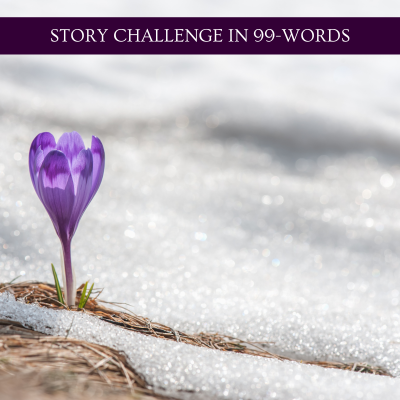
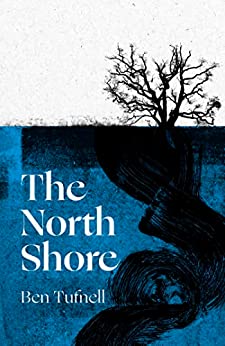
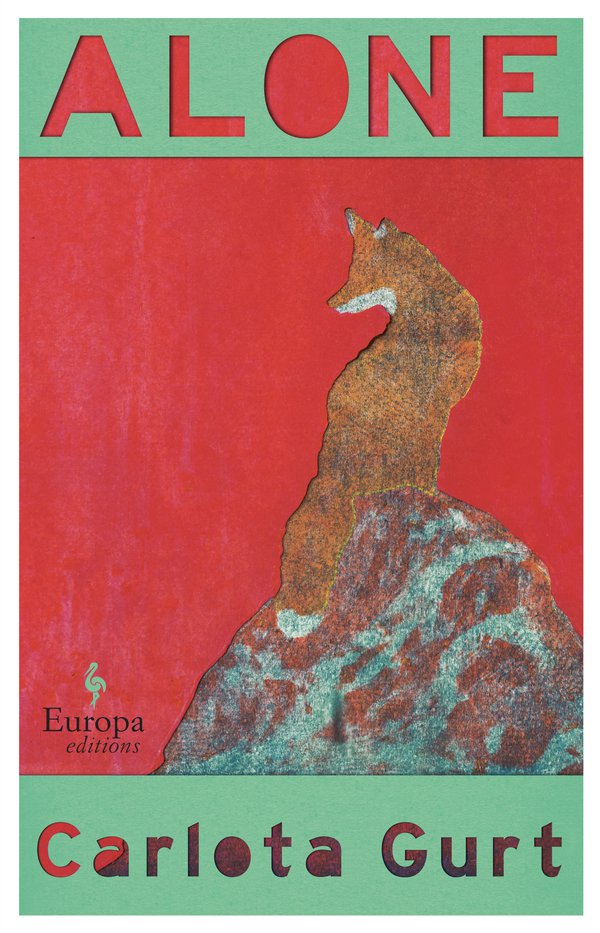
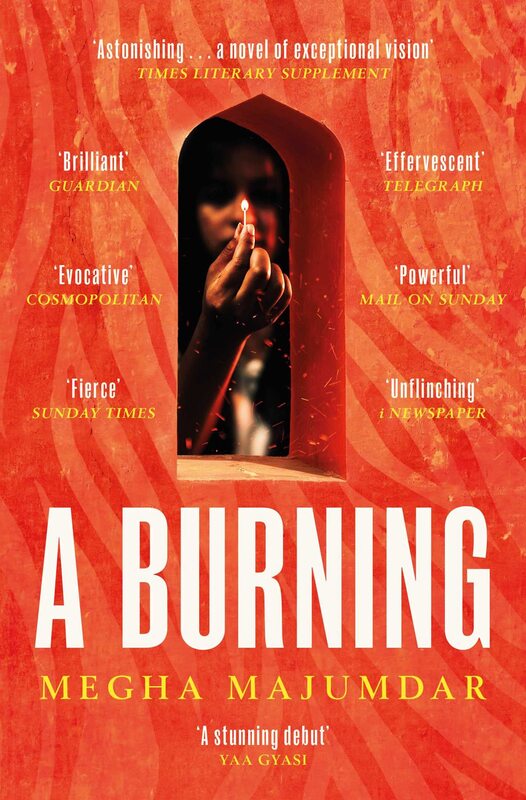
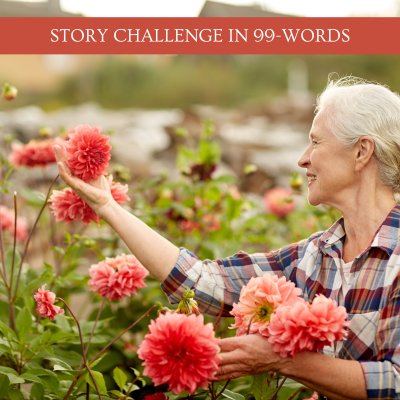

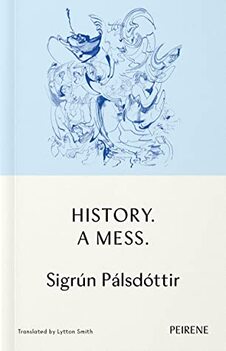
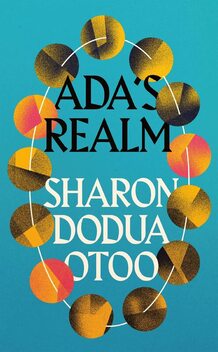
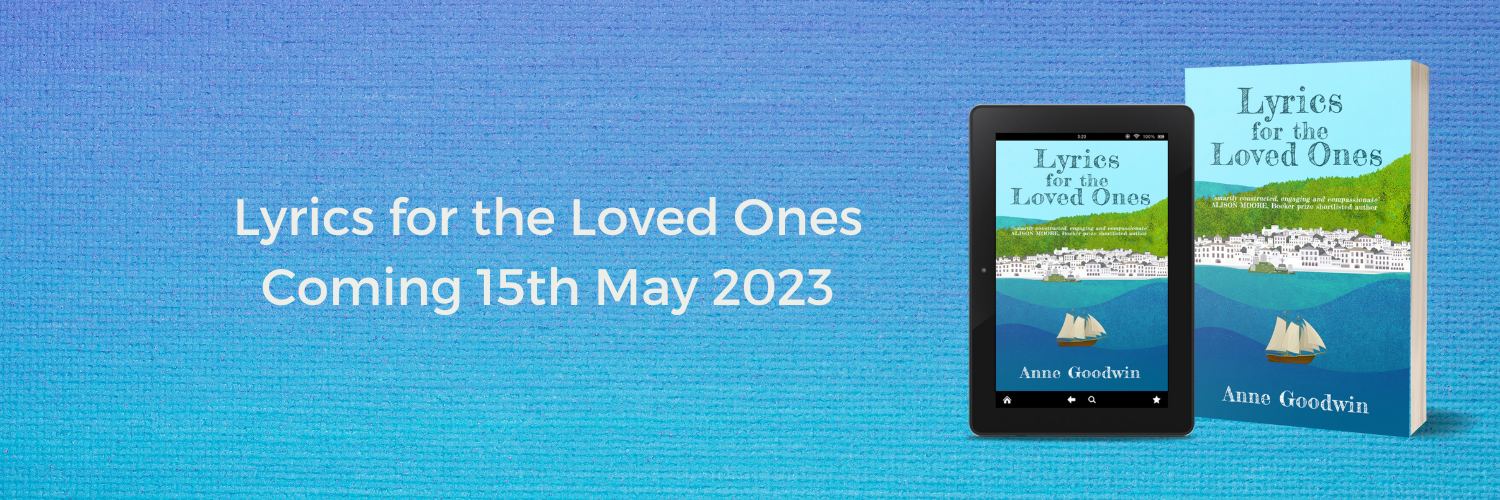

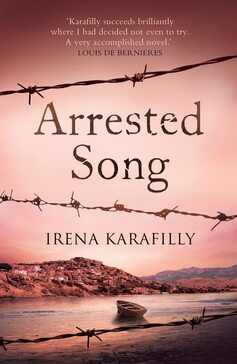
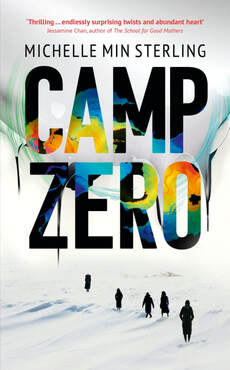
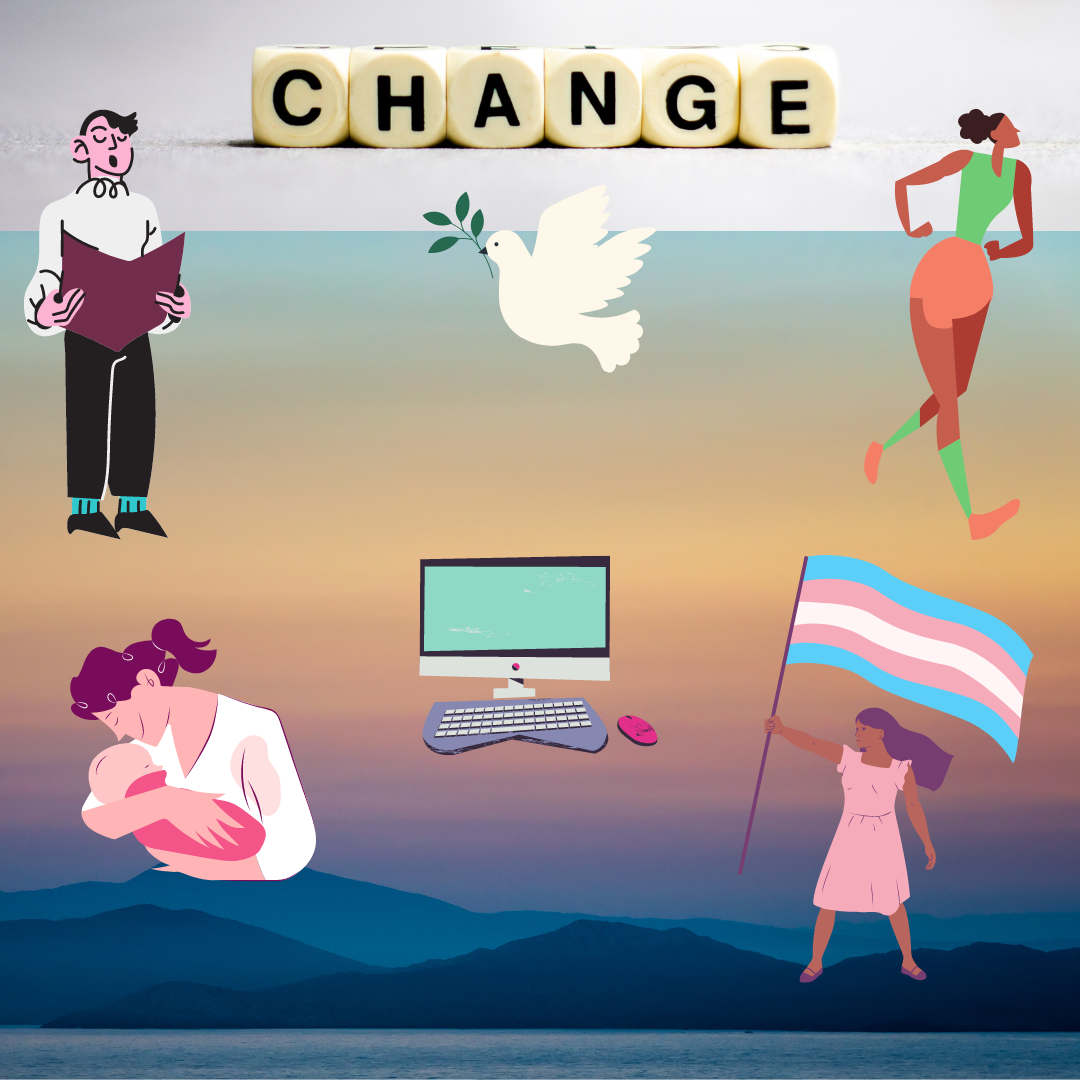
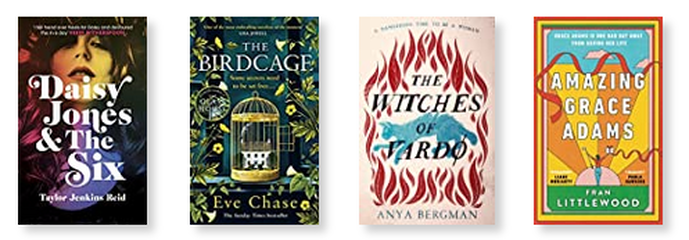
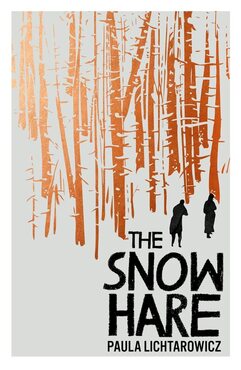
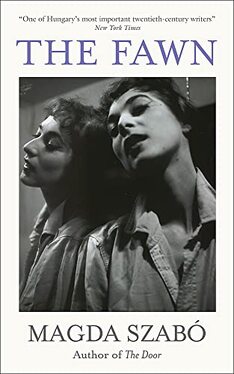
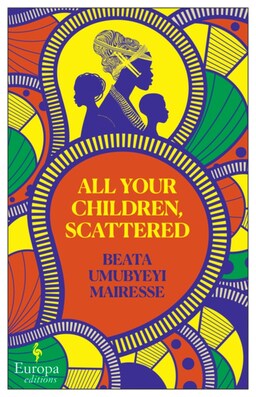
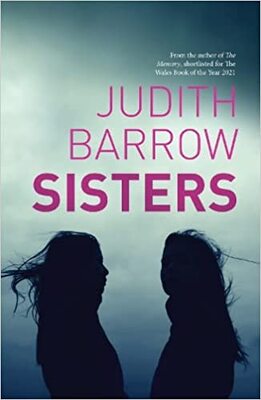
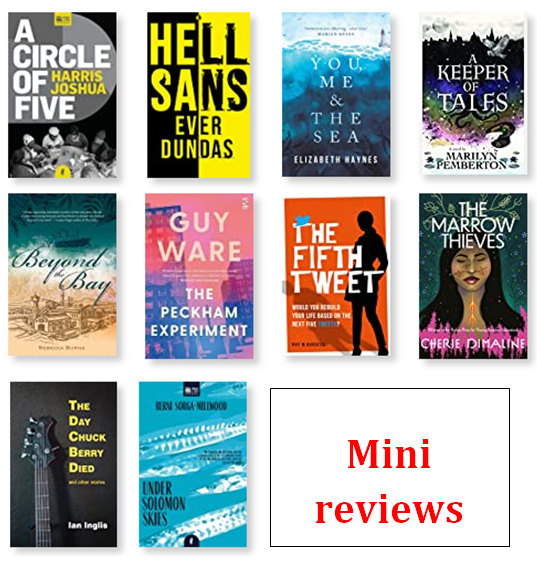
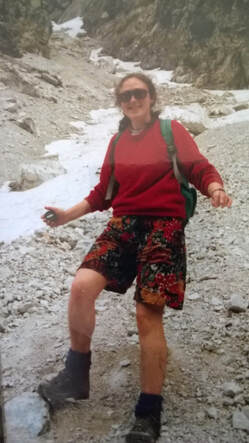
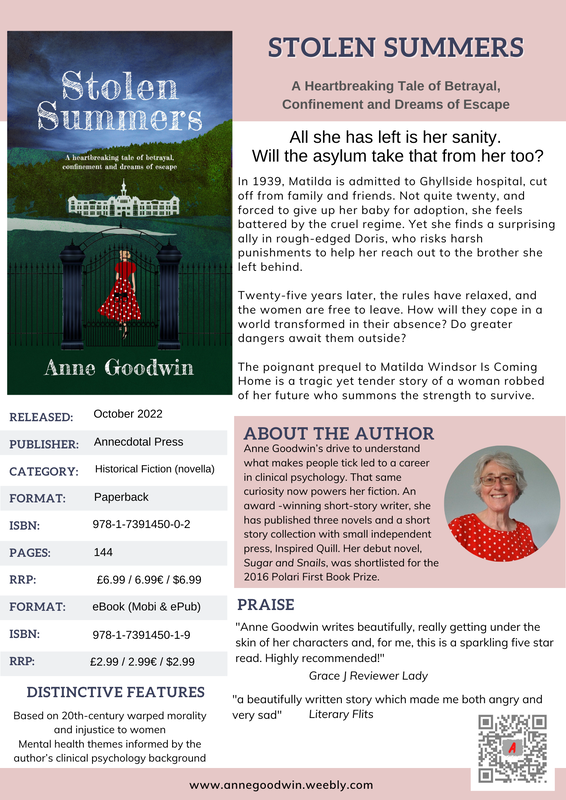
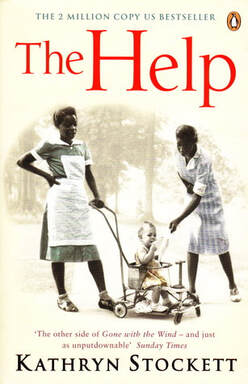
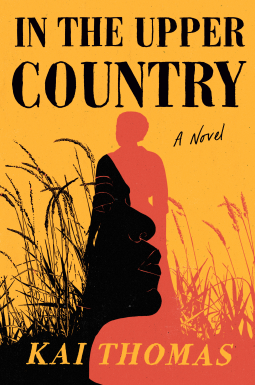
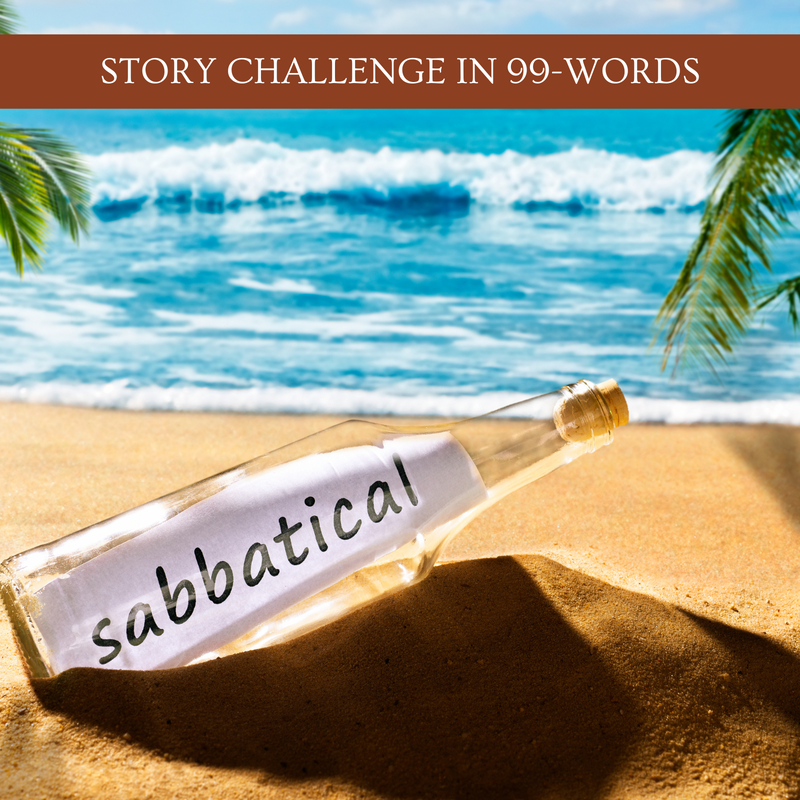
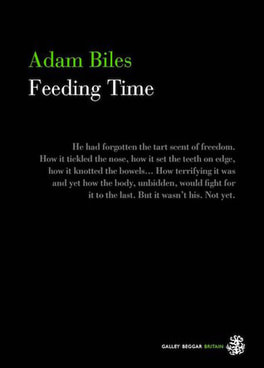
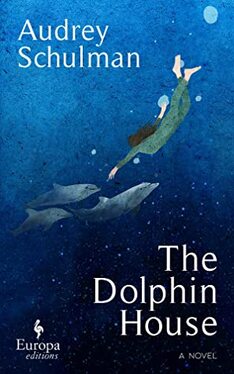
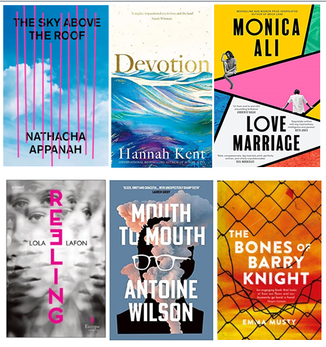
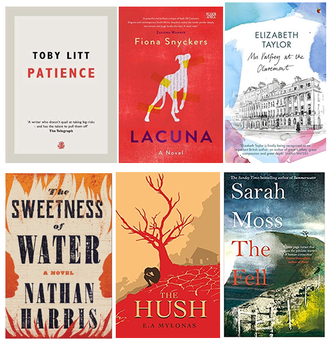
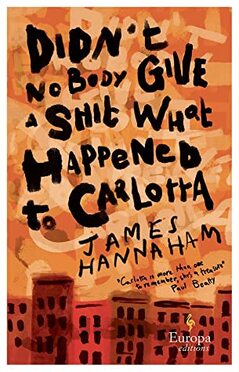
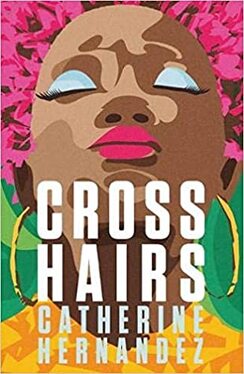
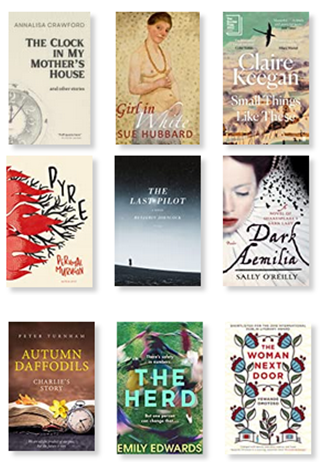
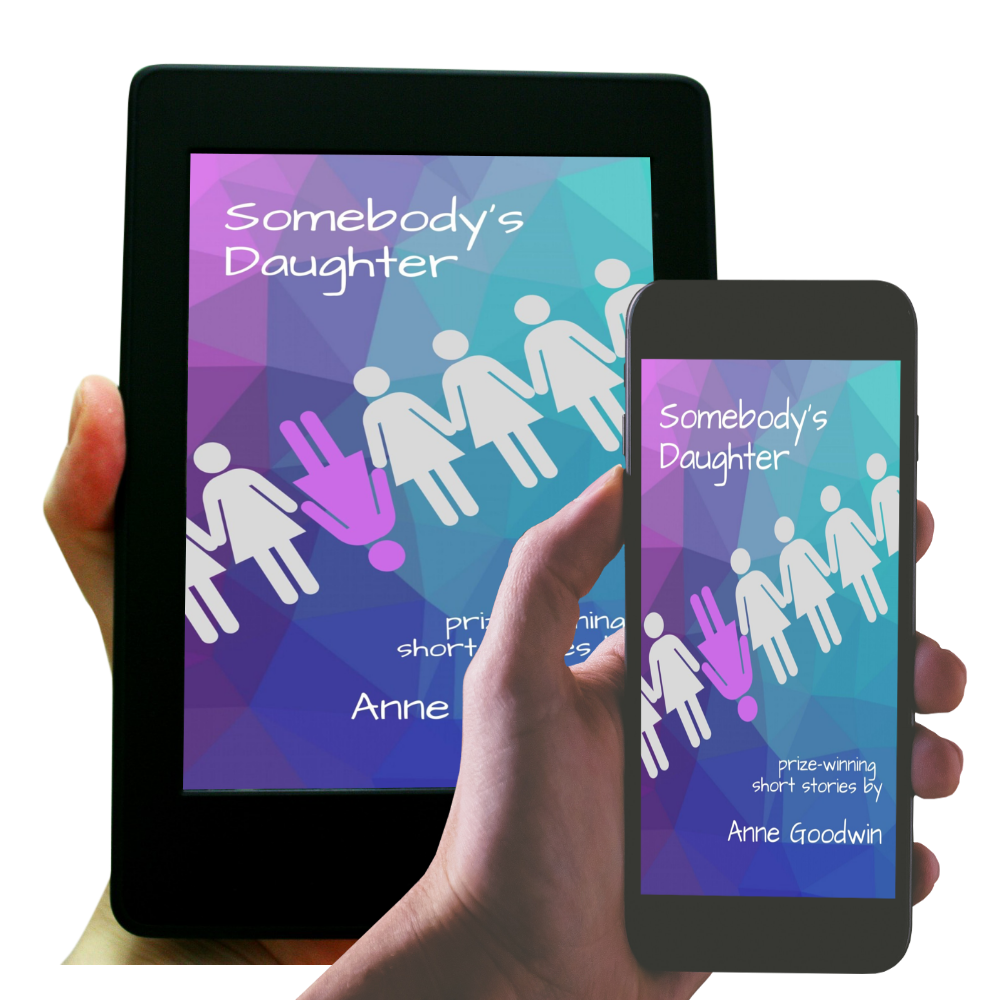
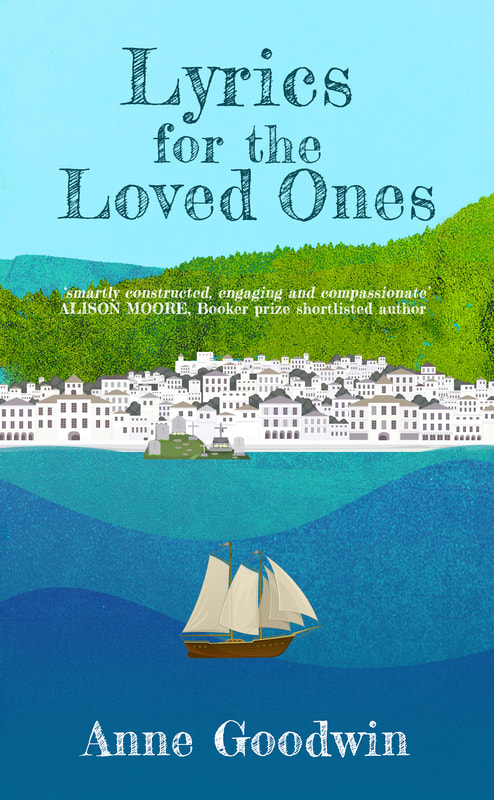
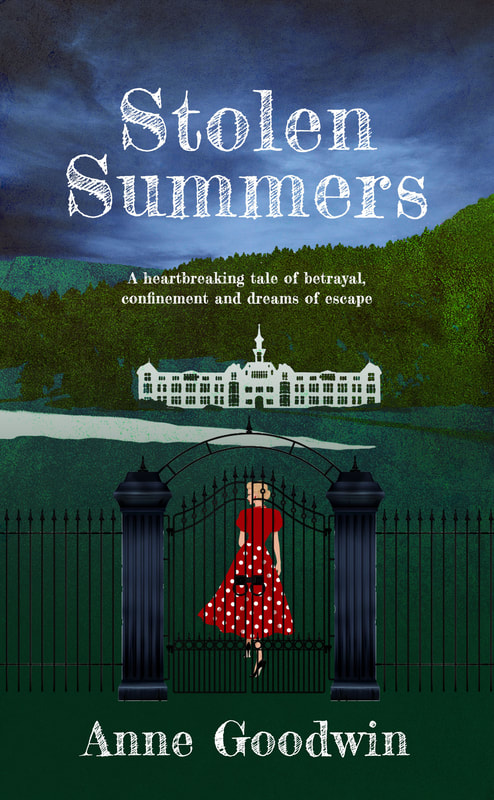




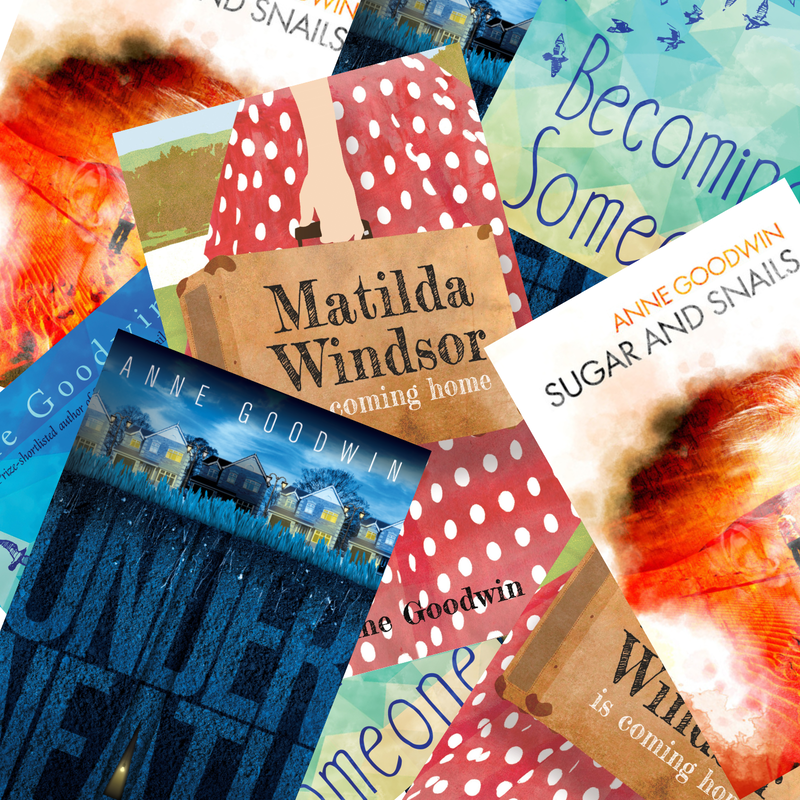
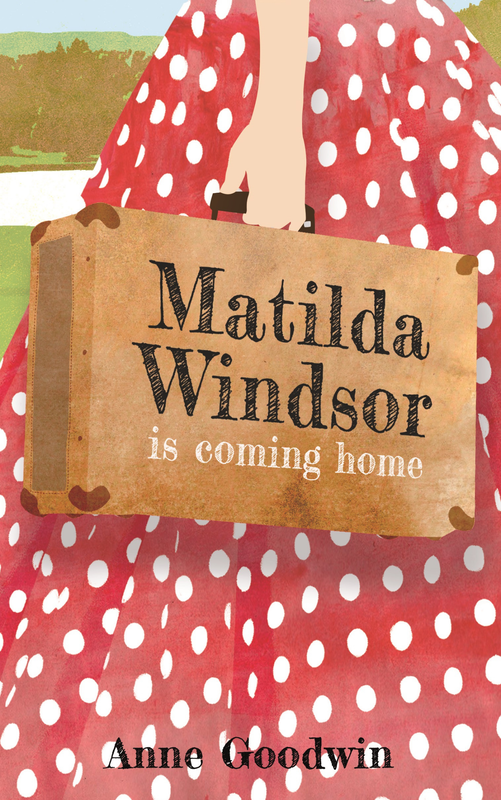
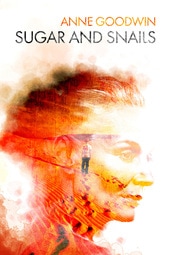

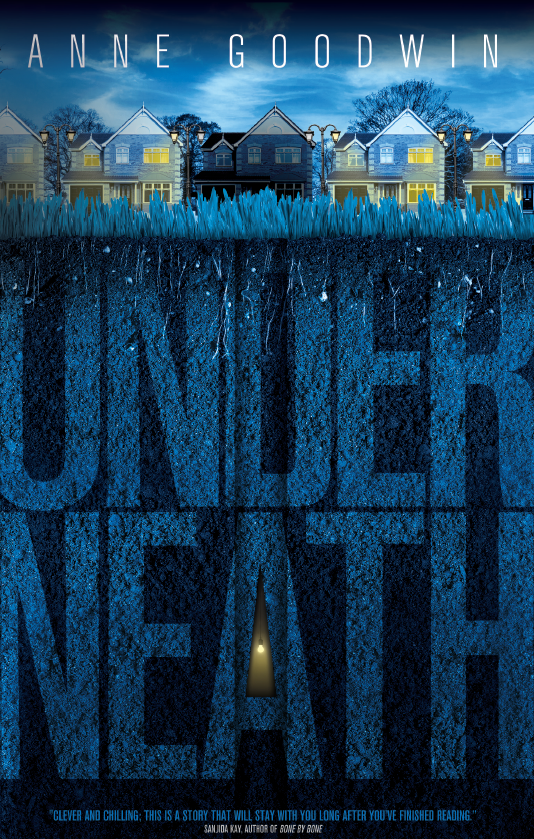
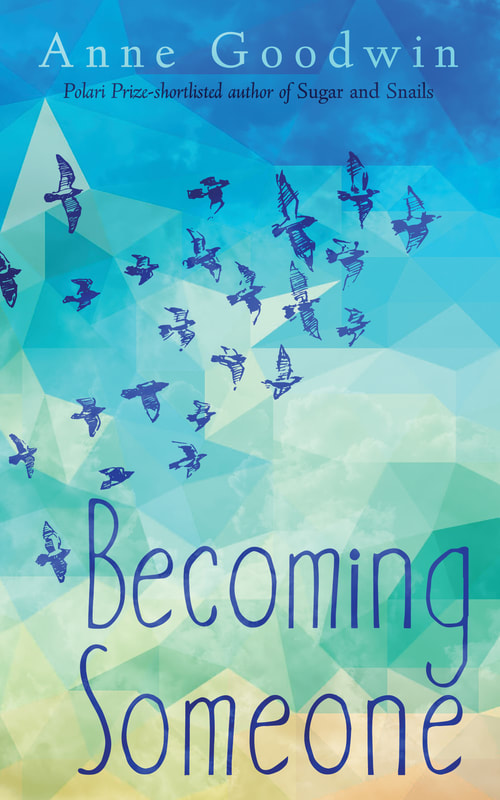






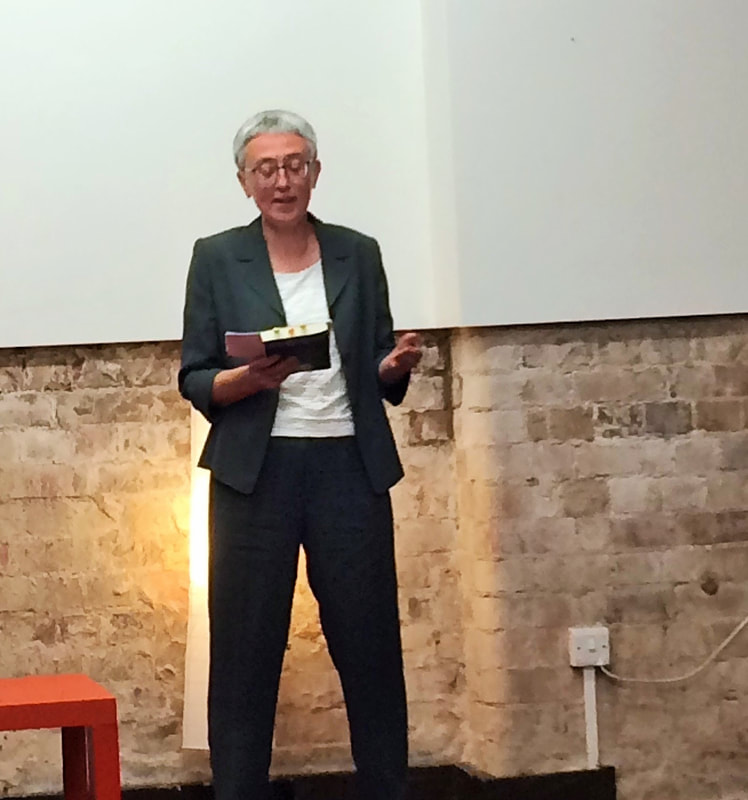

 RSS Feed
RSS Feed




